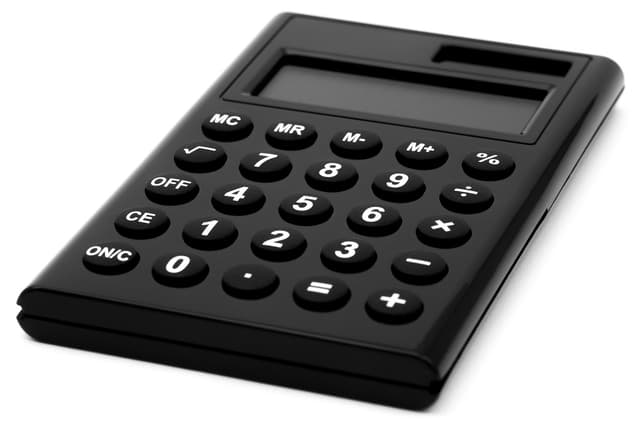Myths about teaching can hold you back
- Year 9
Product in use
I can explain how to reduce the environmental impact of a product during use.
- Year 9
Product in use
I can explain how to reduce the environmental impact of a product during use.
These resources will be removed by end of Summer Term 2025.
Switch to our new teaching resources now - designed by teachers and leading subject experts, and tested in classrooms.
These resources were created for remote use during the pandemic and are not designed for classroom teaching.
Lesson details
Key learning points
- Designers consider the environmental impact of a product in use.
- Adjustable and modular products have a positive environmental impact.
Keywords
Design decisions - a deliberate choice to meet a requirement or solve a problem
Durability - ability of a product or material to withstand wear, pressure, or damage over time
Modular design - a design approach where a product is made up of separate, interchangeable parts or modules
Design opportunity - a gap, or a need where a new or improved product would be beneficial
Common misconception
Considering a product's energy use is the only way to design a sustainable product.
There are many other ways to design a product to be sustainable when in use, including designing products to grow with users, be adjusted, modularity, reused etc.
To help you plan your year 9 design and technology lesson on: Product in use, download all teaching resources for free and adapt to suit your pupils' needs...
To help you plan your year 9 design and technology lesson on: Product in use, download all teaching resources for free and adapt to suit your pupils' needs.
The starter quiz will activate and check your pupils' prior knowledge, with versions available both with and without answers in PDF format.
We use learning cycles to break down learning into key concepts or ideas linked to the learning outcome. Each learning cycle features explanations with checks for understanding and practice tasks with feedback. All of this is found in our slide decks, ready for you to download and edit. The practice tasks are also available as printable worksheets and some lessons have additional materials with extra material you might need for teaching the lesson.
The assessment exit quiz will test your pupils' understanding of the key learning points.
Our video is a tool for planning, showing how other teachers might teach the lesson, offering helpful tips, modelled explanations and inspiration for your own delivery in the classroom. Plus, you can set it as homework or revision for pupils and keep their learning on track by sharing an online pupil version of this lesson.
Explore more key stage 3 design and technology lessons from the Circular economy unit, dive into the full secondary design and technology curriculum, or learn more about lesson planning.

Equipment
Licence
Prior knowledge starter quiz
6 Questions
Q1.In what ways can distribution lorries be modified to reduce carbon emissions?

Q2.Match the fuel to the description.
Produced from used cooking oil
Made from water using electricity
Comes from organic waste
Uses fast growing aquatic organisms
Made from crops like corn
Q3.What comes after the distribution stage in the circular economy?
Q4.How have polymer bag manufacturers reduce the environmental impact of their products?

Q5.What energy source does this product use?

Q6.Identify the adjustable products.




Assessment exit quiz
4 Questions
Q1. design is a design approach where a product is made up of separate, interchangeable parts
Q2.How did the UK government reduce the use of single use polymer bags?
Q3.What can be used as eco friendly alternatives to cling film?
Q4.What design decision was made to help reduce this product's environmental impact during use?



